
Out Of Springfield
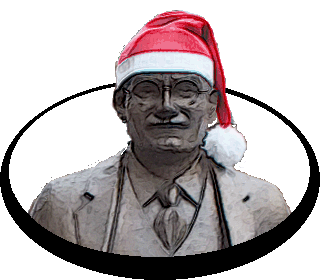

22 November 2020
The North Atlantic Arc Home
November. . . . . . . . . . . . . . . . . . .
| S | M | T | W | T | F | S |
| 19 | 20 | |||||
| 21 | 22 | 23 | 24 | 25 | 26 | 27 |

|
|
Monday 22 November 2021--I feel unwell this morning, and sleep in very late. Drag myself out after noon and walk over toward the Rideau Canal. The neighborhood I'm passing through is called the Golden Triangle. Elgin Street is one side of the triangle, with the canal taking a bend to form the other two sides. The housing stock here is pretty similar to that on the other side of Elgin Street, but I think the property values here are much higher. Location, location, location. There are several embassies scattered through the neighborhood. The Corktown Footbridge crosses the canal, linking to the campus of the University of Ottawa. I imagine it sees a fair bit of traffic on Friday and Saturday evenings. Two rails of the bridge are adorned with padlocks, I assume in observance of a tradition similar to that on the Pont des Arts in Paris, where lovers would inscribe their names on a lock, attach it to the bridge, and throw the key into the Seine, as a gesture of romantic commitment. Apparently this was mostly done by tourists; the locals were annoyed, the city was concerned about the weight of hundreds of thousands of locks, and eventually the practice was banned, or at least strongly discouraged. Things don't look so bad here. I've always wondered how the ritual was completed with a combination lock. The canal was built from 1826-1832, under the supervision of military engineer Lieutenant-Colonel John By. In the wake of the War of 1812, with invasion from the south a real threat, it provided a secure transport route away from the border. Like the Erie Canal in the US, it was pivotal in the development of the interior of the country; but by 1849, easing of international relations and the taming of the large rapids on the St Lawrence River reduced its importance. The advent of the railroads in the 1850s rendered it redundant altogether. Today, it is a recreational waterway operated by Parks Canada. The route of the canal follows, for the most part, the course of the Rideau River to the north and the Cataraqui River to the south, but here in town, the channel of the canal diverges from the river in order to meet a cleft in the cliffs, where a flight of eight locks descends to the Ottawa River. At the beginning of construction, the only settlement in the area was Wright's Town, a farming and logging village across the Ottawa River on the site of the modern city of Gatineau, Québec. This had been founded in 1800 by Philemon Wright, late of Woburn, Massachusetts. (Non-military invasion by Americans was ongoing.) Colonel By built a townsite originally called Bytown, later Ottawa. When Upper and Lower Canada (modern Ontario and Québec) unified in 1841, the selection of a capital was a matter of bitter dispute, with Toronto, Kingston, Montreal, and Quebec City all vying for the honor. In 1857, the legislature, unable to come to an agreement, asked Queen Victoria to decide the matter. With advice from her Governor General, she chose Ottawa, a compromise that probably displeased everyone equally. As with Washington DC, its situation between competing regions was a major factor. The backwater lumber town has since grown into a city with a population over a million. Even in the forty years I've been visiting, it has overcome its longstanding reputation as a dull government town. Still, it retains a sort of small-town charm, which I like. I wander back through the Golden Triangle, and then up along Elgin Street. I note Deacon Brodies Pub, and make a mental note to check it out sometime, to see how it compares to its namesake in Edinburgh. Not today--I'm headed to the Sir John A Pub, directly across the street from my hotel. Sir John A is, of course, John A Macdonald, son of Glasgow, first Prime Minister of Canada, a man as responsible as anyone for the formation of the country. He was a formidable politician, undoubtedly more than a bit corrupt, most certainly an alcoholic and maybe a manic-depressive. His is a colorful and perplexing legacy. The pub is rather disappointingly ordinary. I'm supposed to meet my friend Doug here at 6:00; I chose this simply for its location. By 6:30, it's apparent that Doug isn't going to show. I'm relieved, actually, because I still don't feel well. I have a light dinner and retire early. Next |
Ottawa

|
Minto Park, Morning

|
Rideau Canal, North
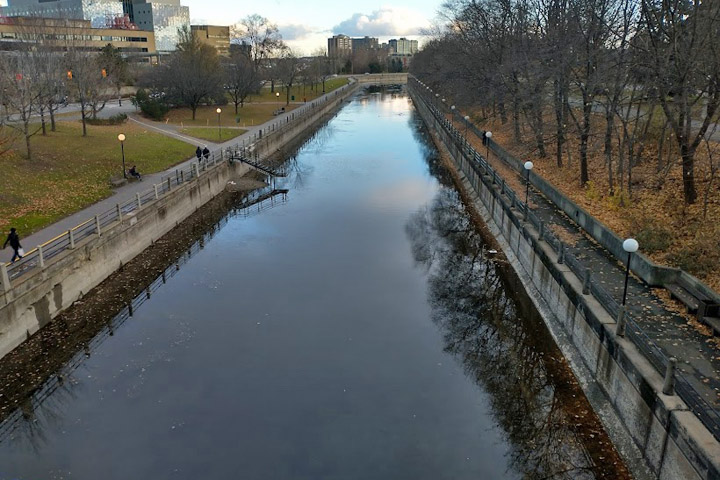
|
Rideau Canal, South
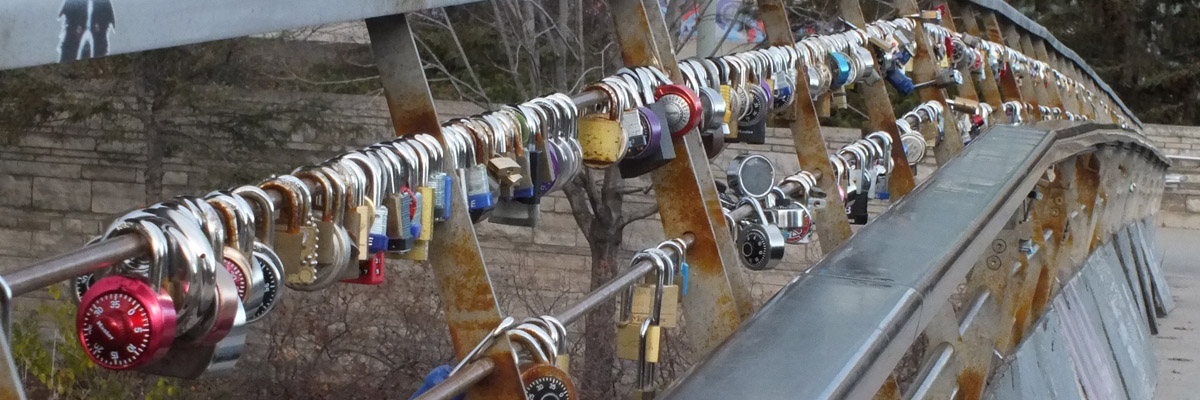
|
Locks
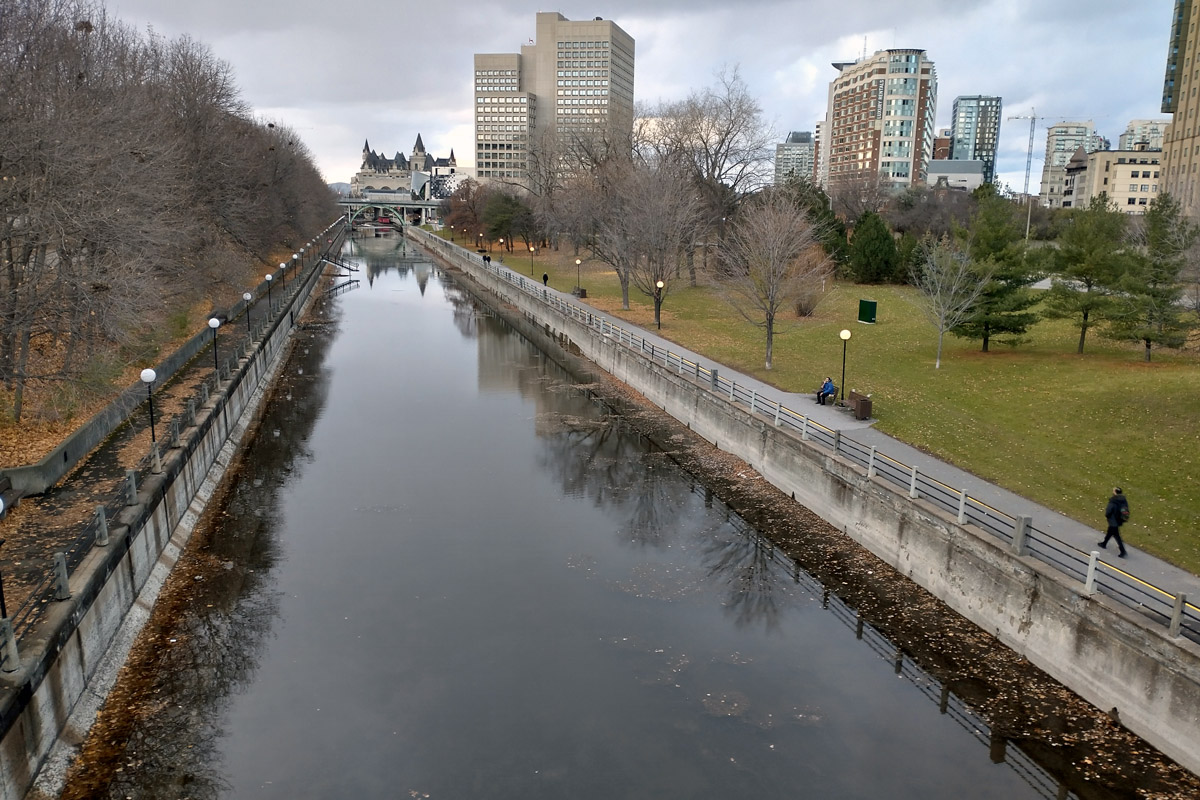
|
Rideau Canal

|
Deacon Brodies Pub
Next
November. . . . . . . . . . . . . . . . . . .
| S | M | T | W | T | F | S |
| 19 | 20 | |||||
| 21 | 22 | 23 | 24 | 25 | 26 | 27 |
The North Atlantic Arc Home
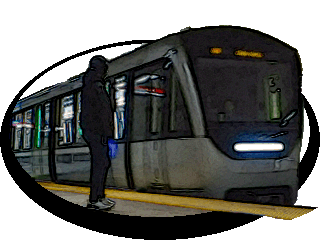
Mr Tattie Heid's Mileage
Results may vary
MrTattieHeid1954@gmail.com